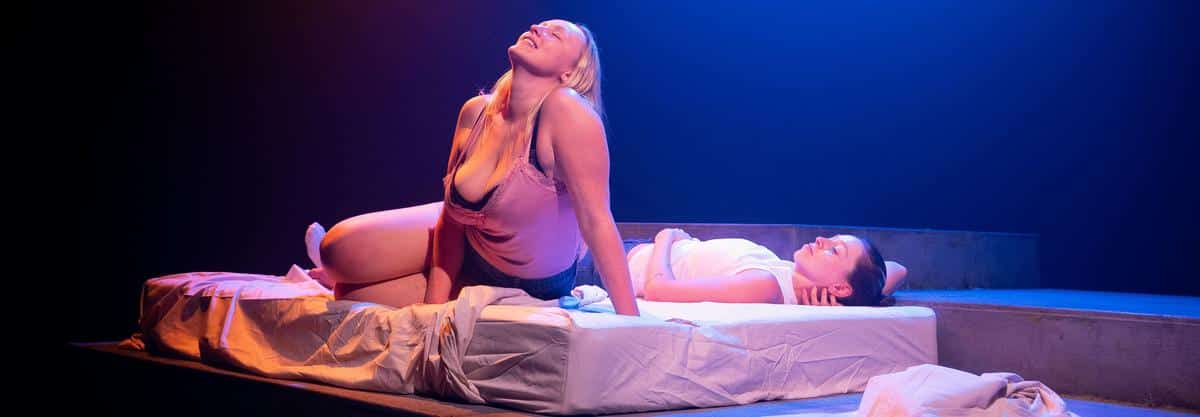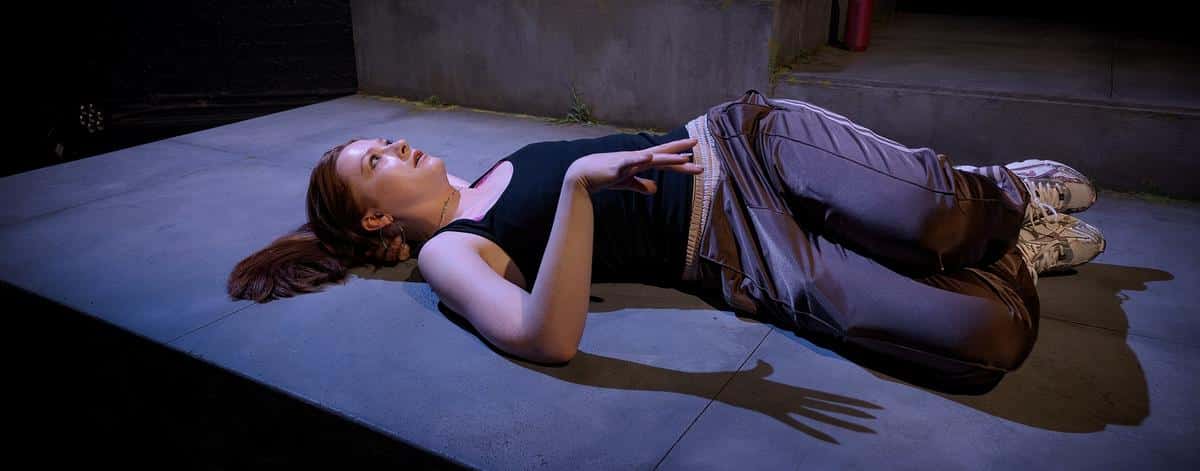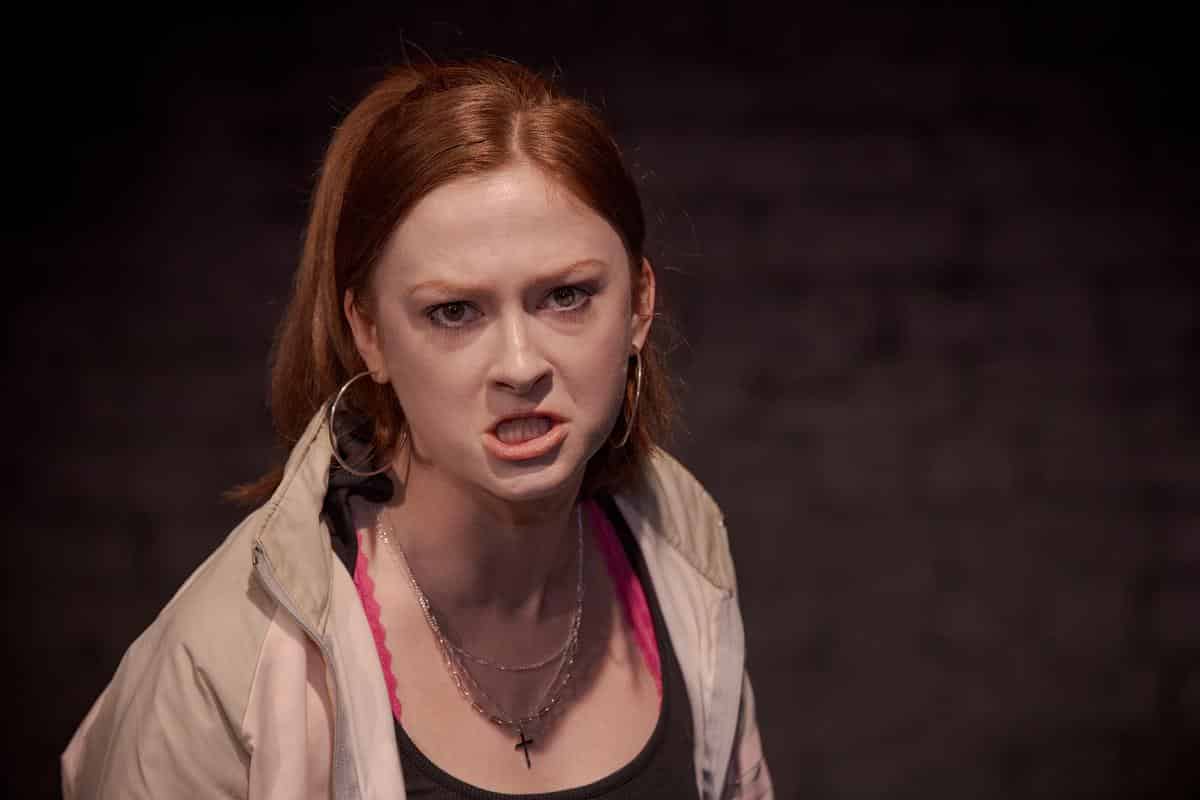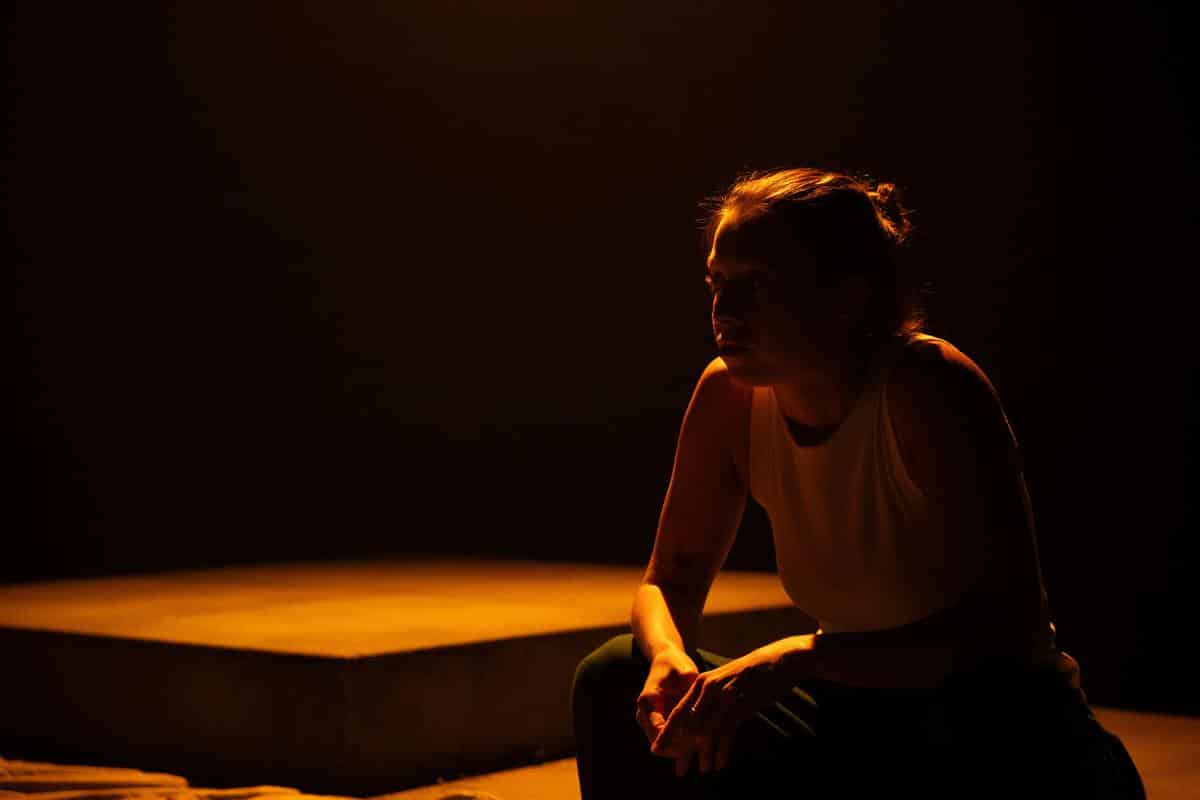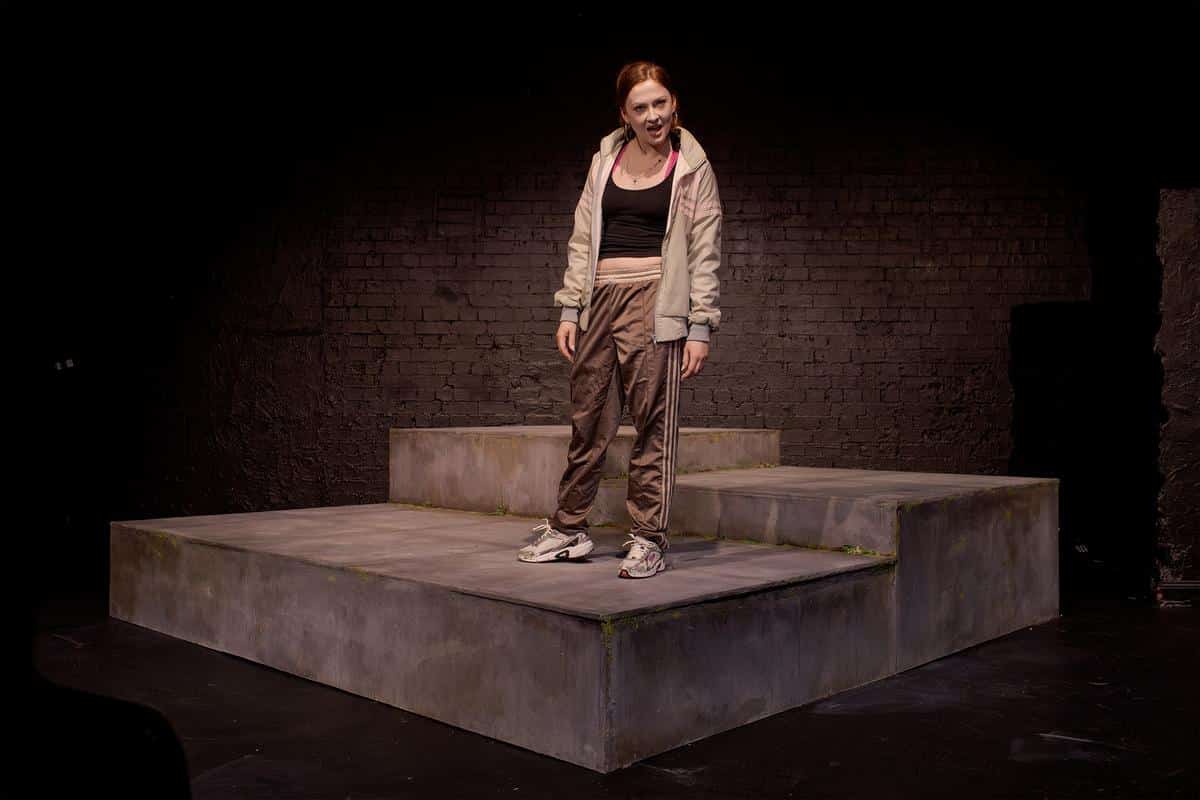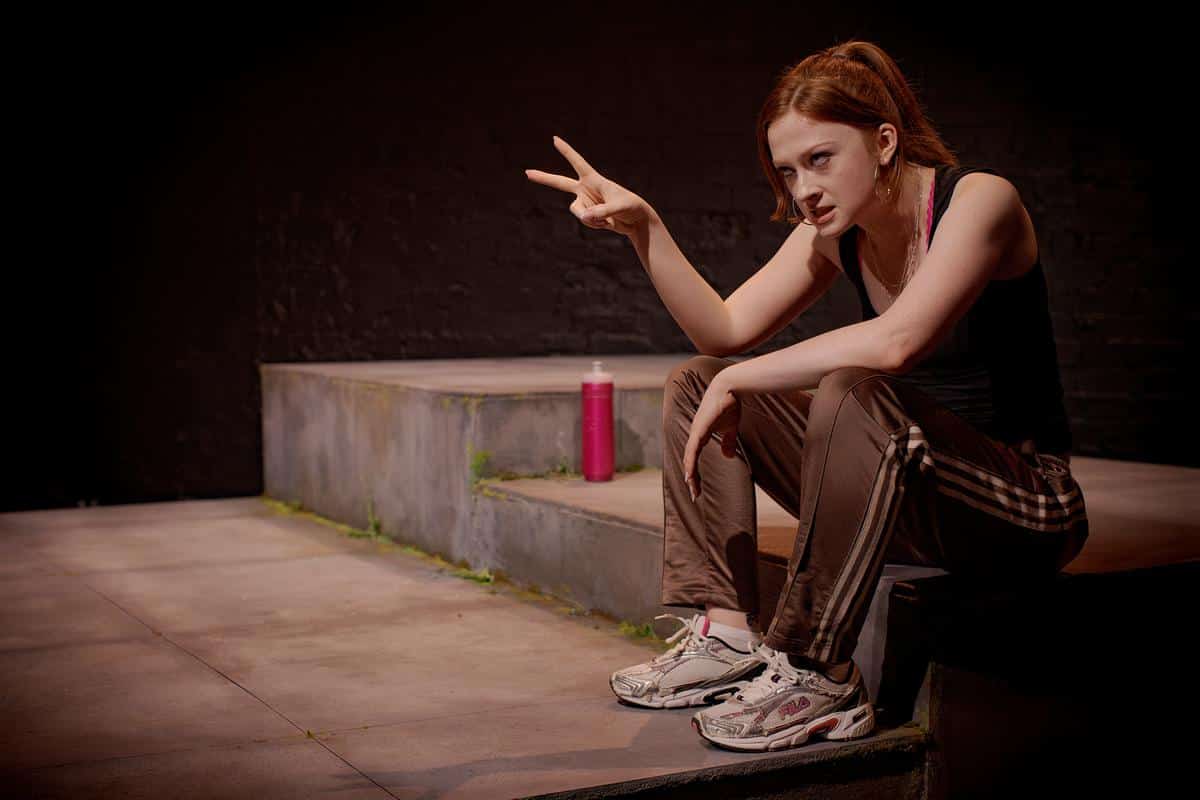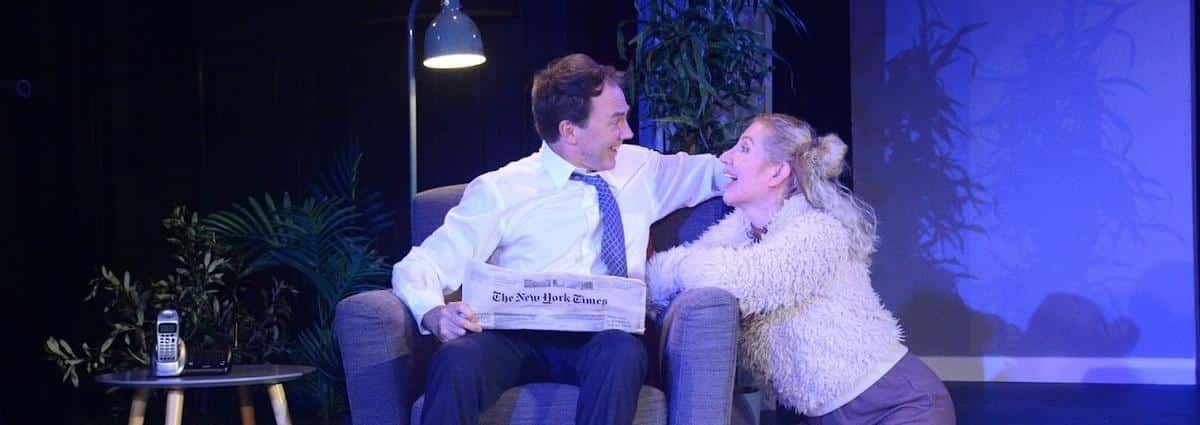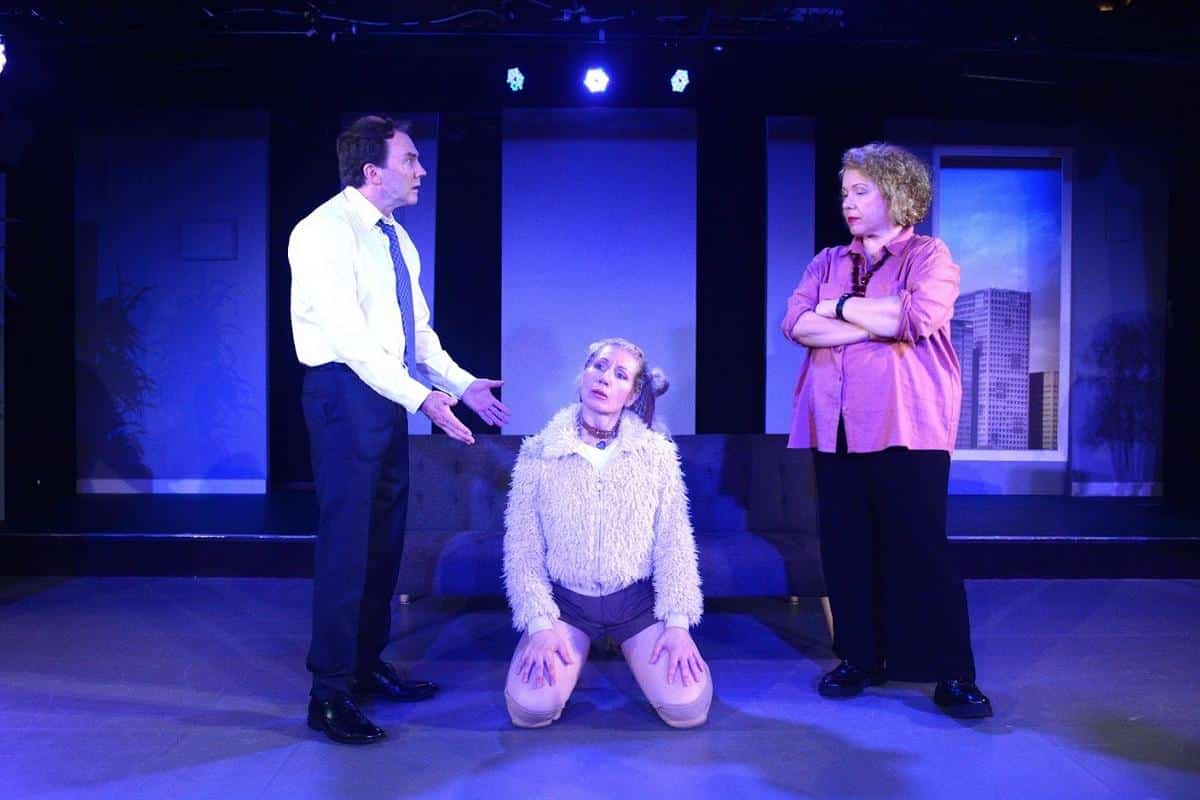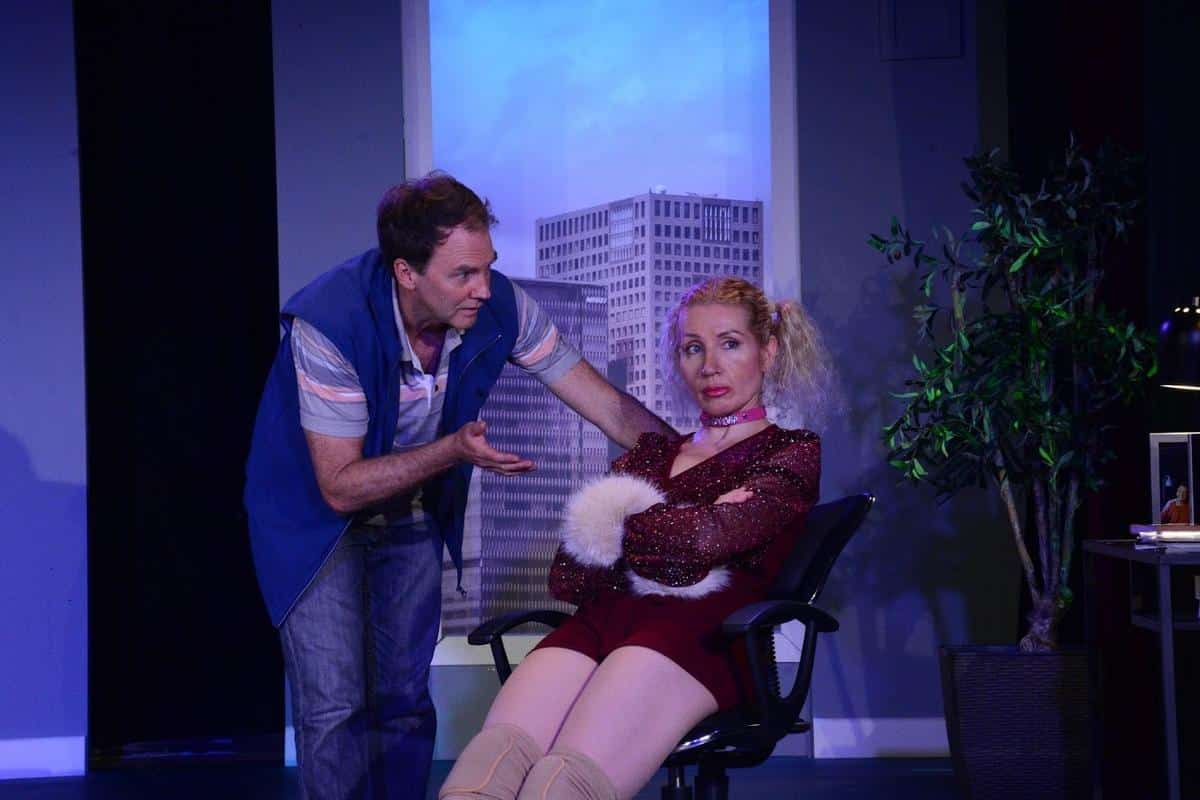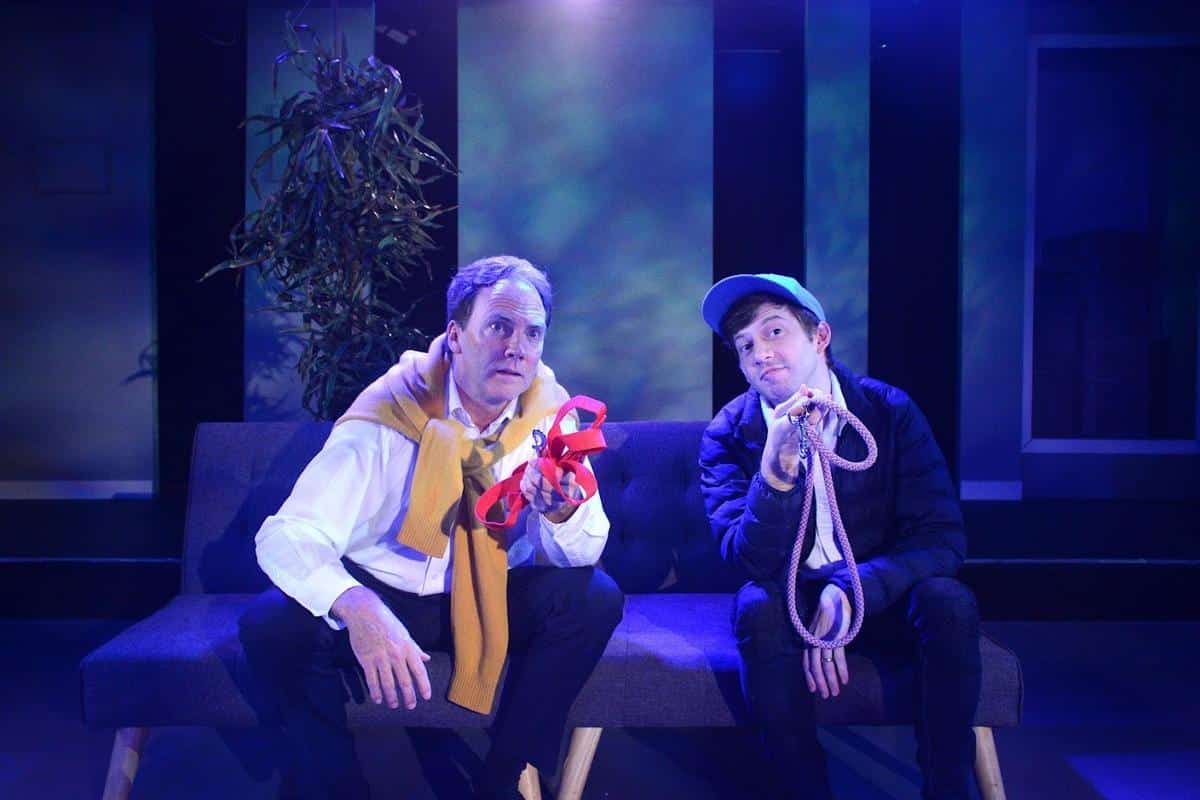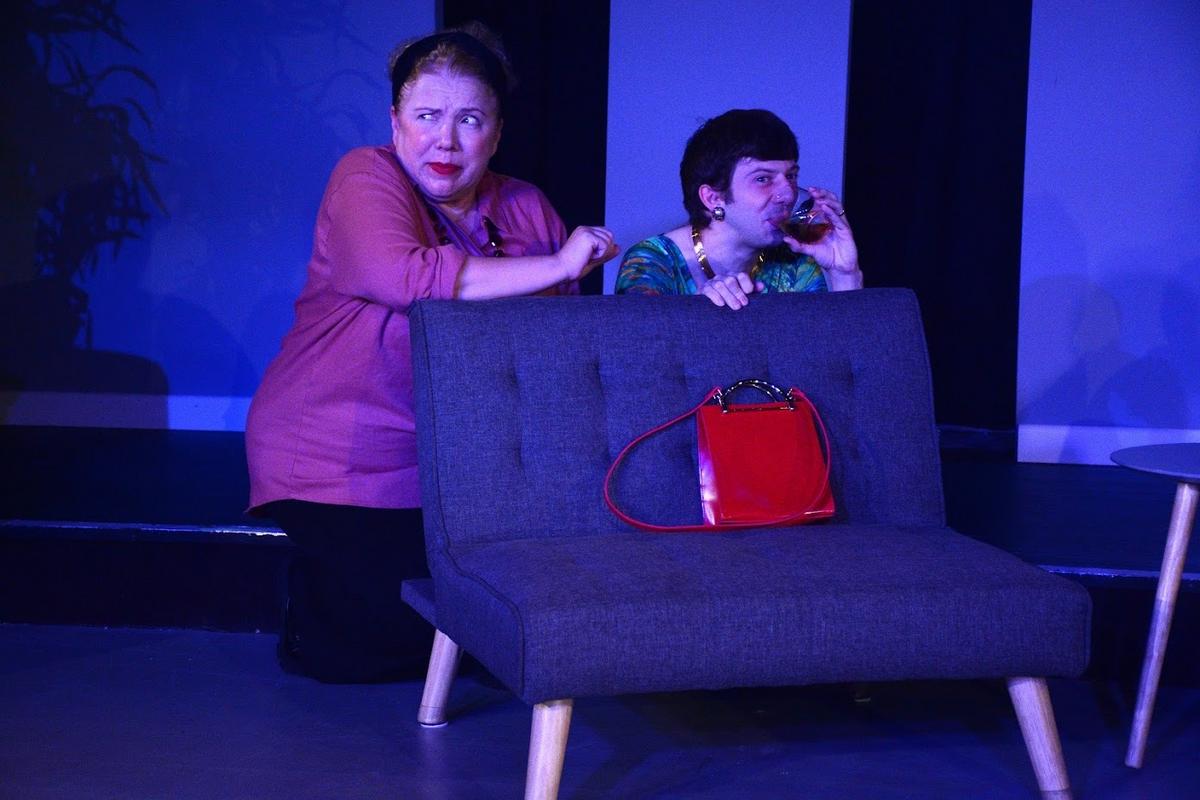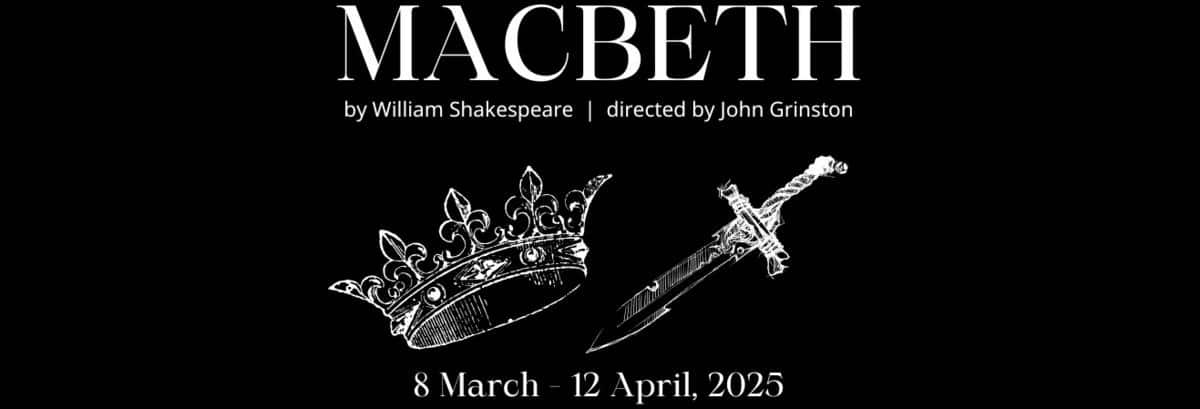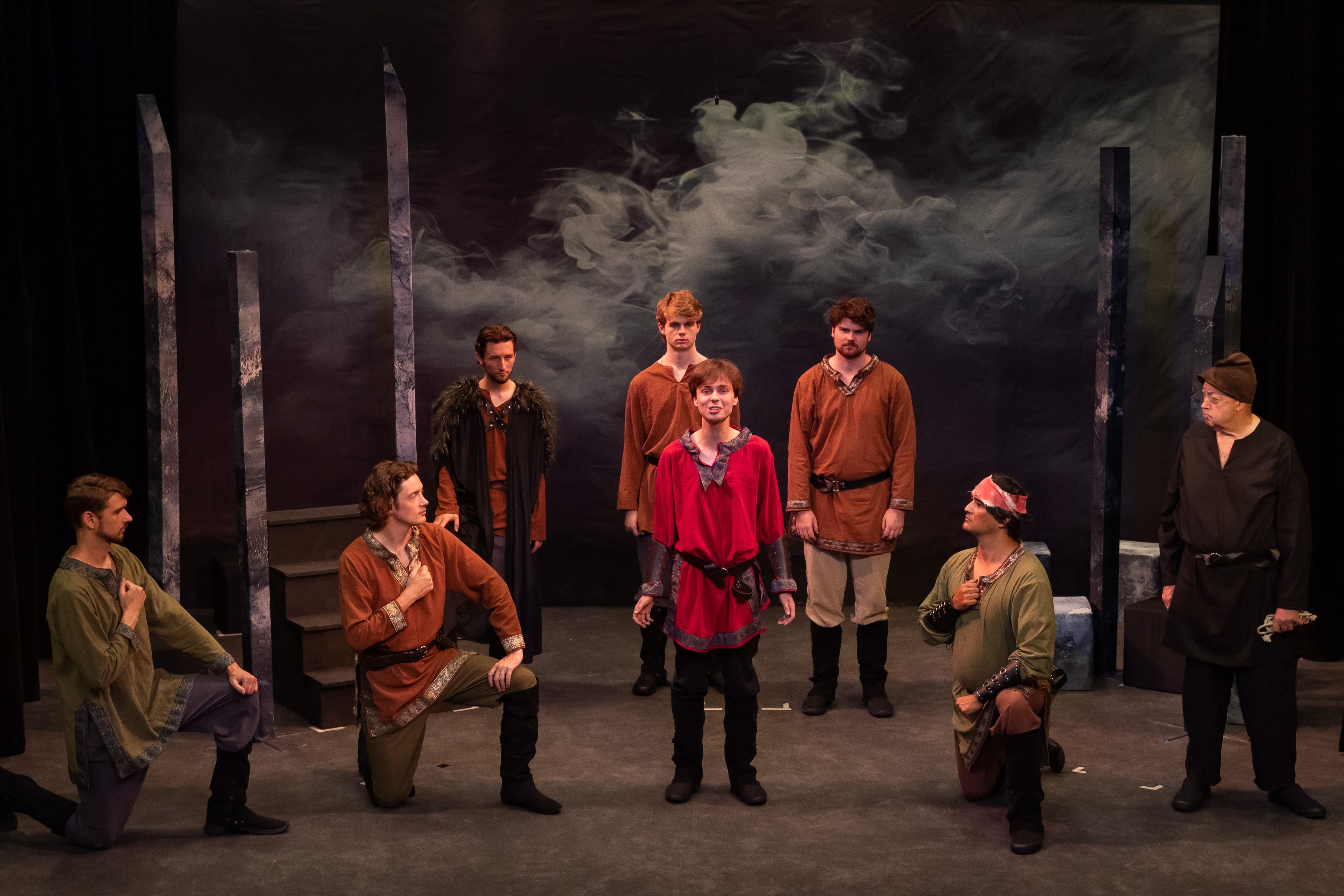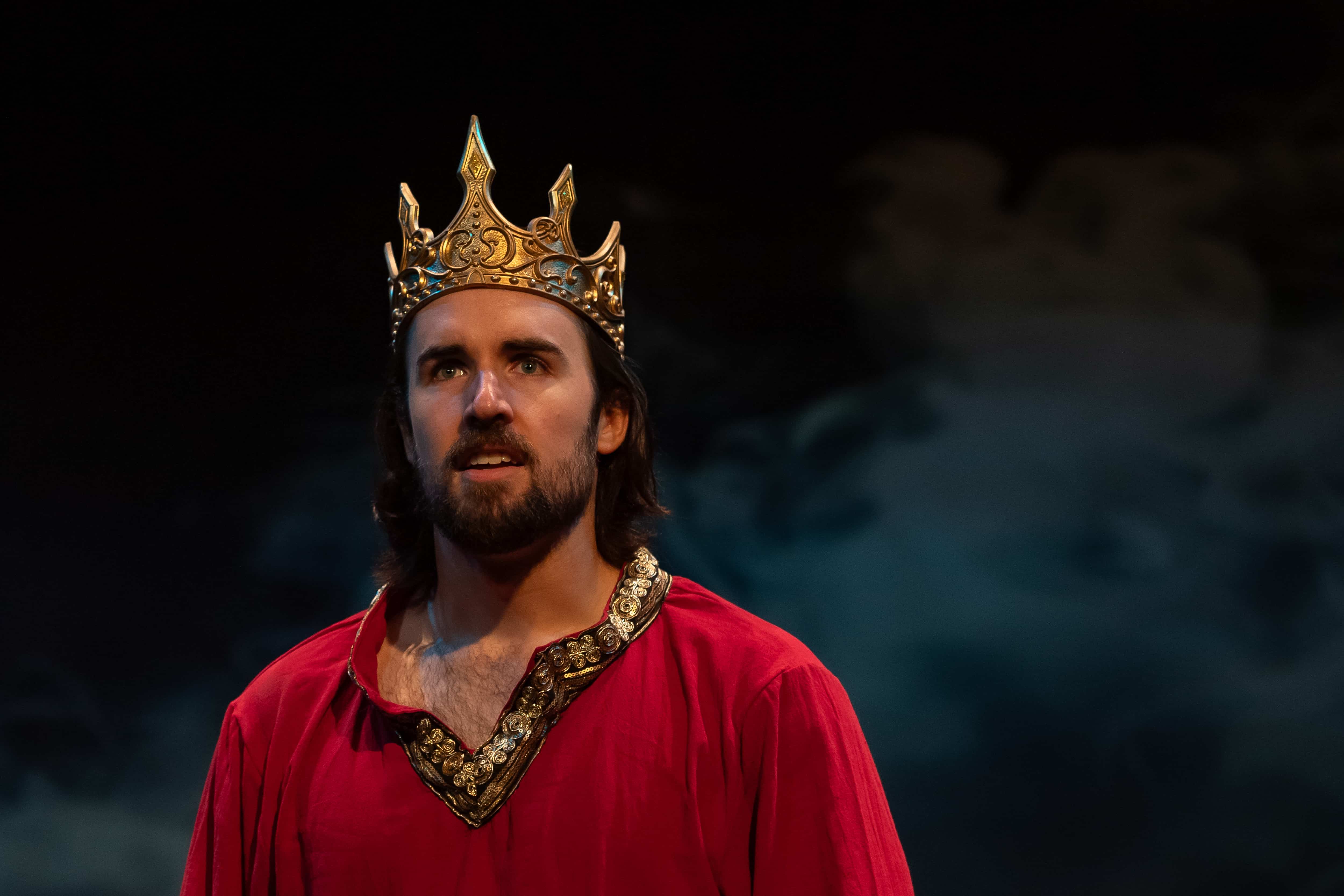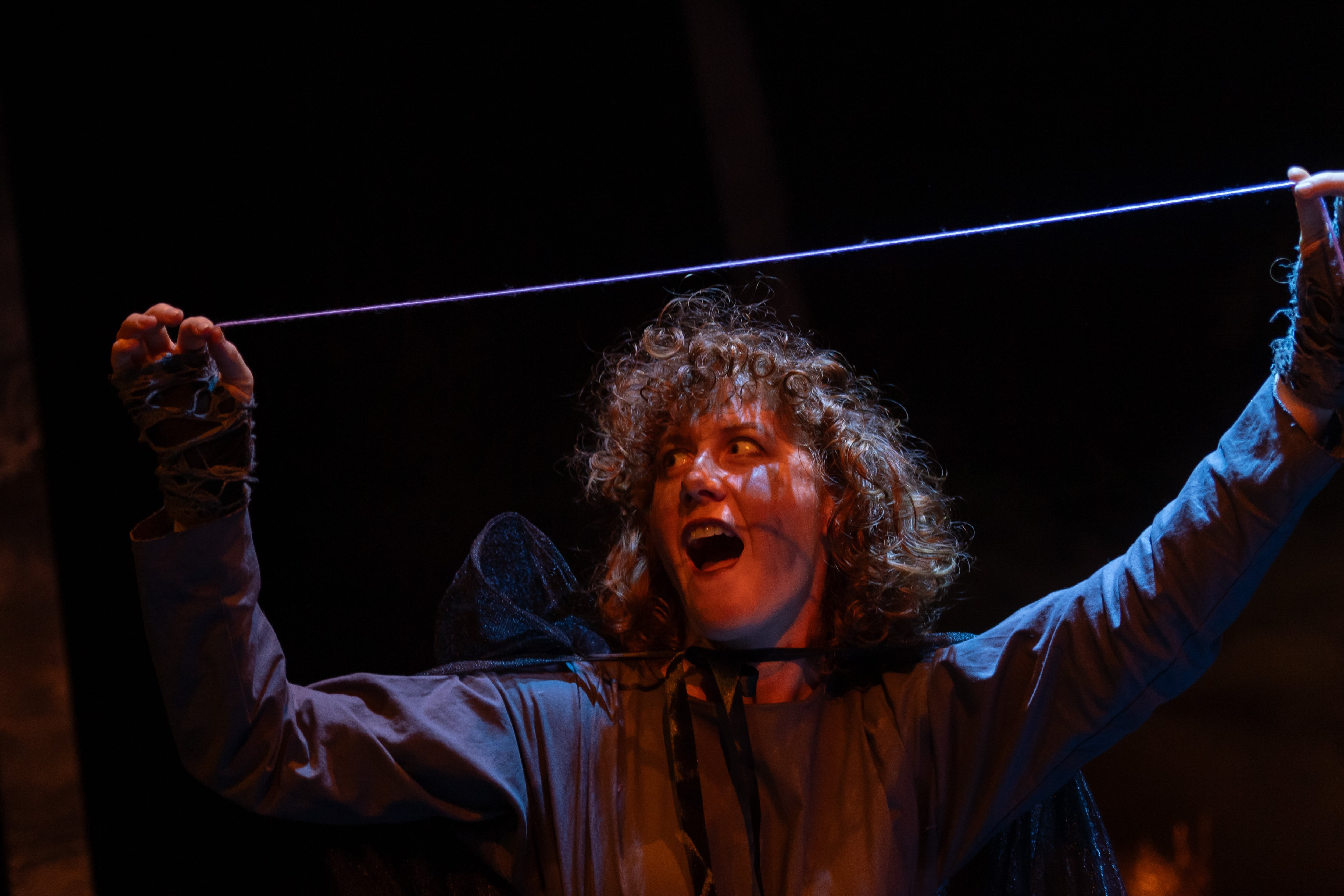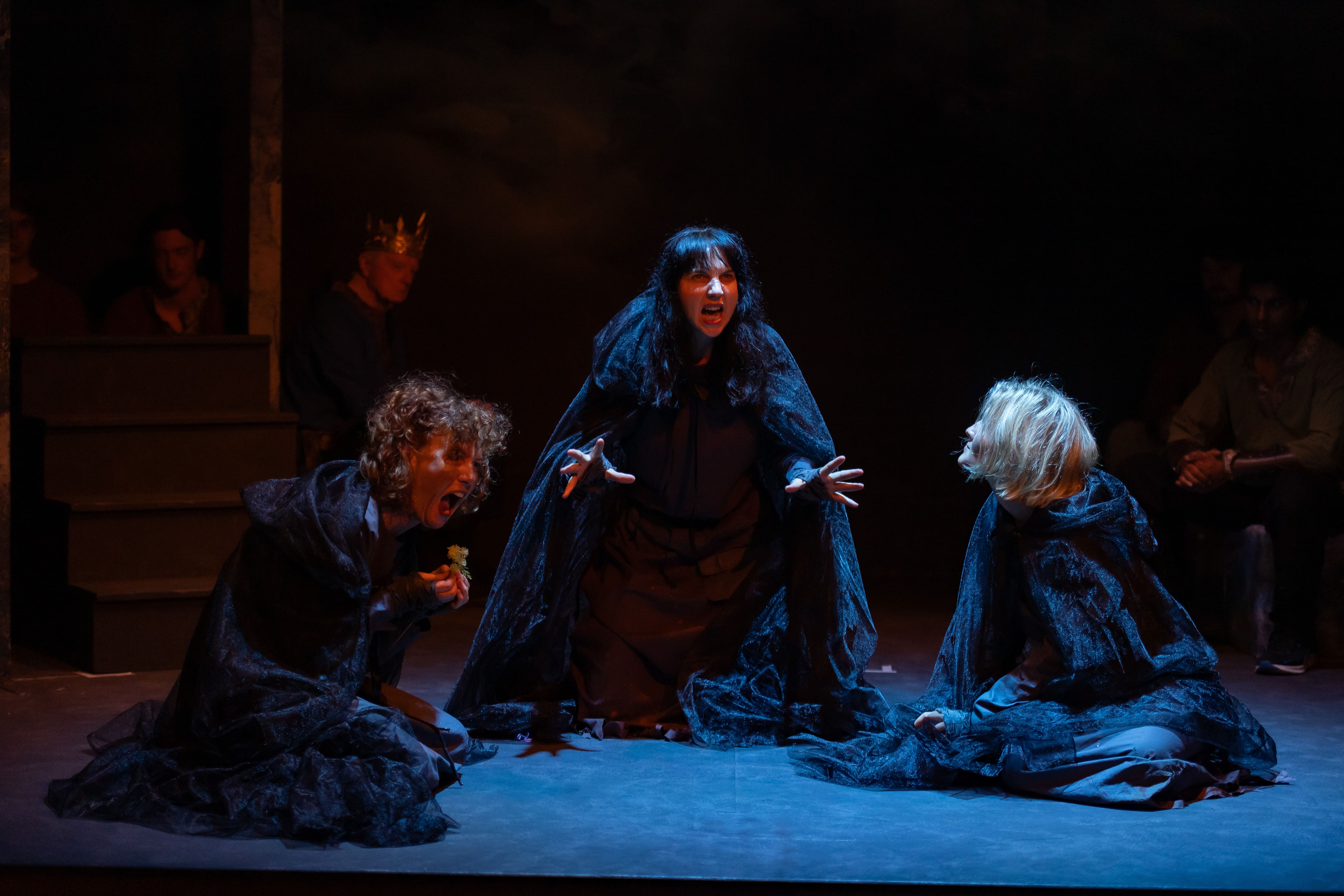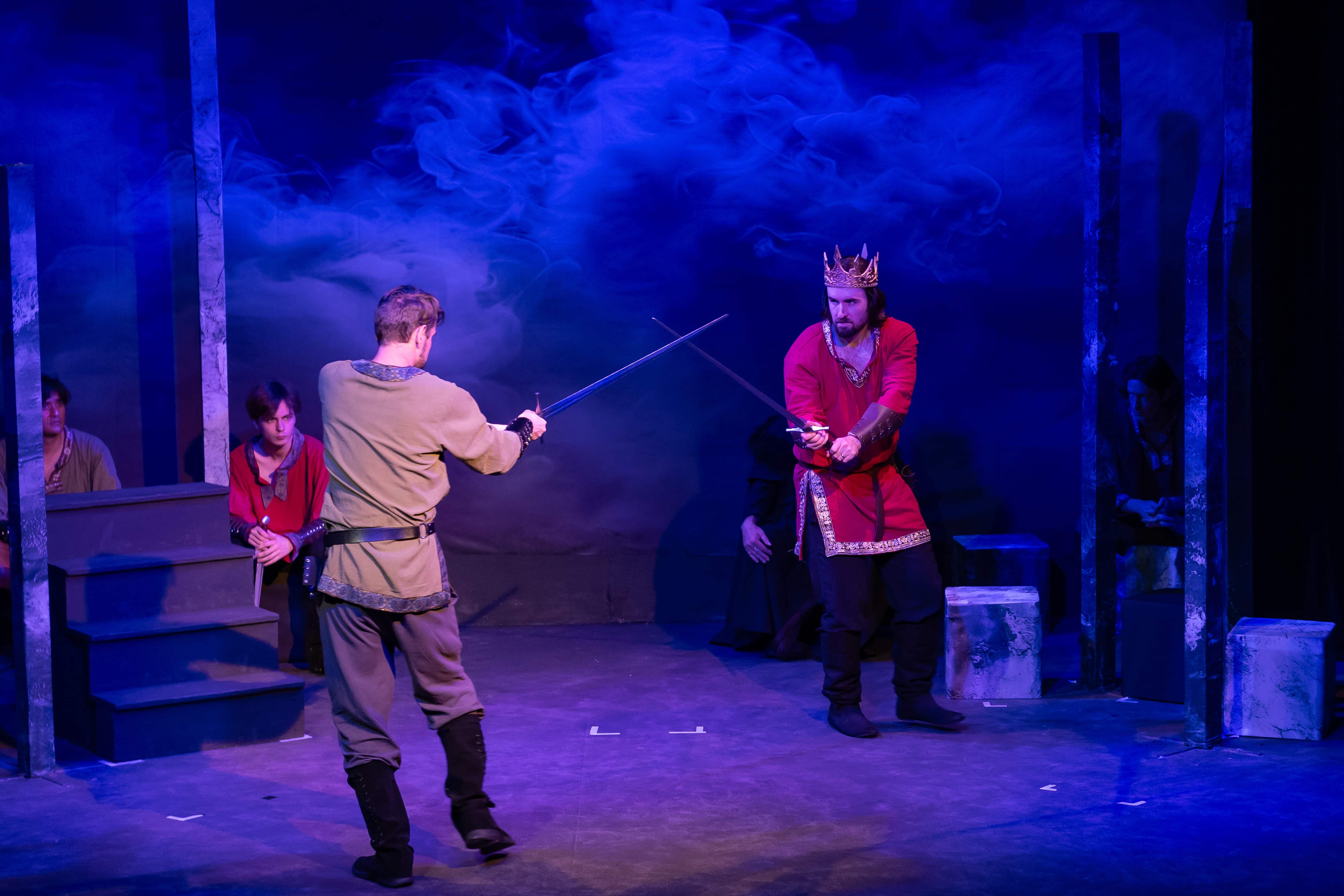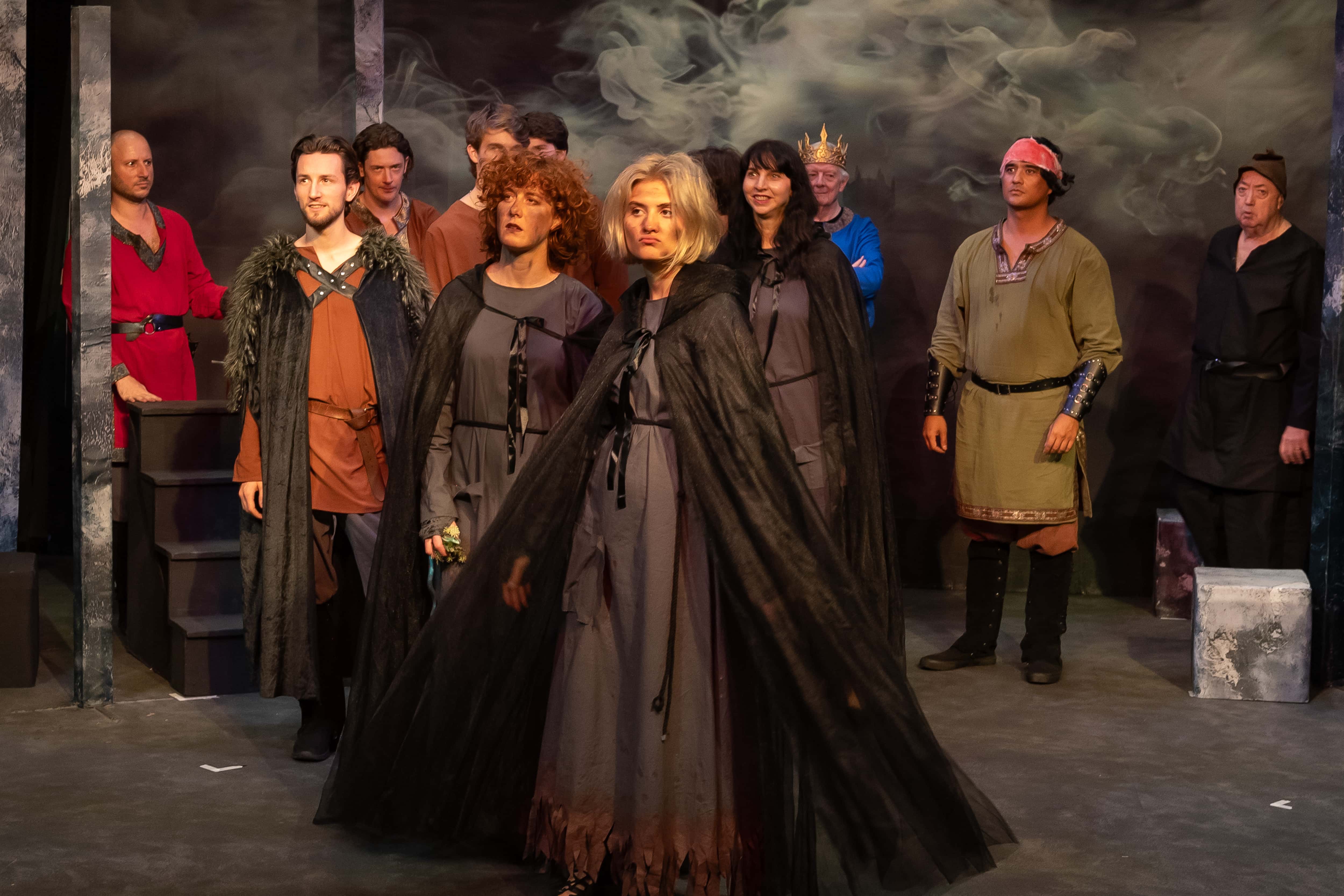LOVE is a tough and beautiful play about the fragility of people in tough circumstances trying their best to both survive and care for each other. The play itself is extraordinary, with Patricia Cornelius’s dialogue feeling so real that there are moments it almost feels like an intrusion to be listening to these characters having these conversations. The best of theatre opens doors for empathy, and this production achieves this, without preaching and without voyeurism around the characters’ suffering. This production closes at the end of this week and is exemplary.
In New Ghosts Theatre Company’s production, playing at the Old Fitz Theatre until the 21st of March, there is a solid, unmoving square setpiece with multiple stepped levels, one being a double bed, all in asphalt grey, taking up most of the stage. This stark and simple set is brought to life, and illustrates the power dynamics in constant flux between the three central characters. There are several moments where the audience held their breath, several big laughs – this show is enthralling, and moves at the pace of relational change, which ranges from tooth-pulling slowness and lightning pace. Director Megan Sampson has done a fantastic job in drawing first-class performances out of a talented cast and in building a window into a world that is both poetic and raw.
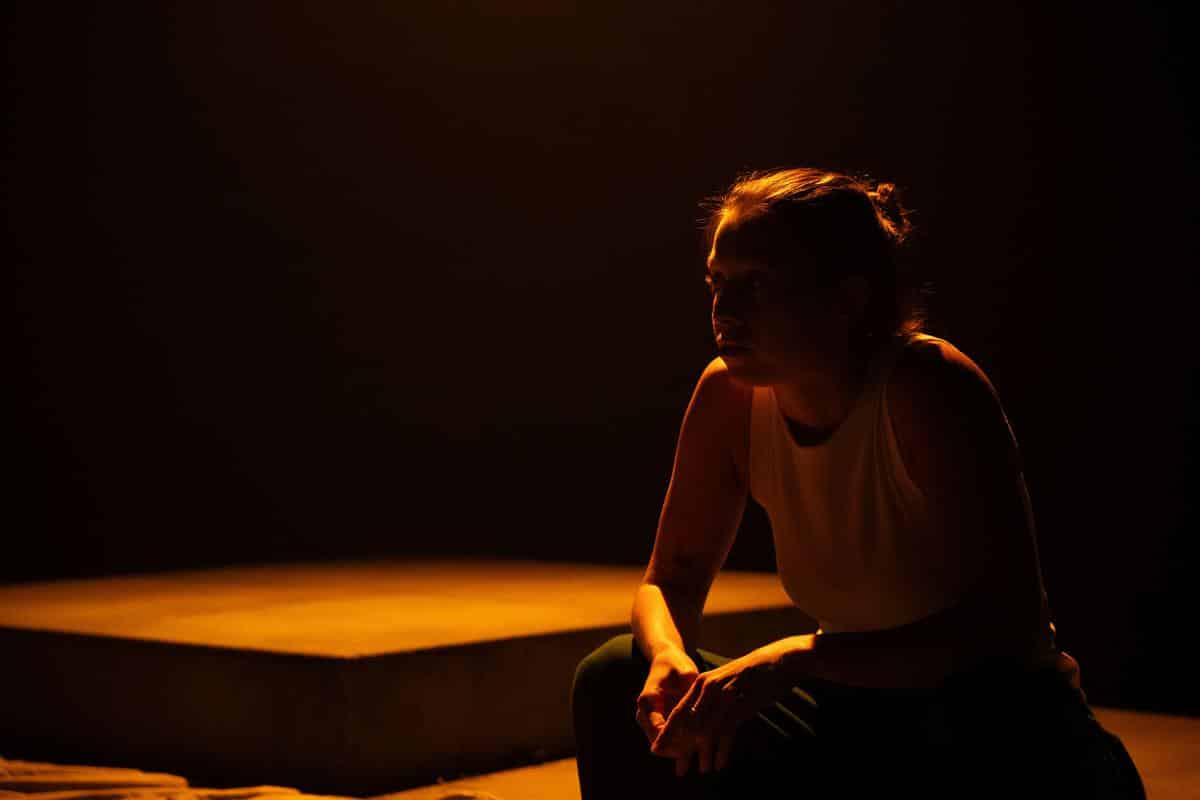
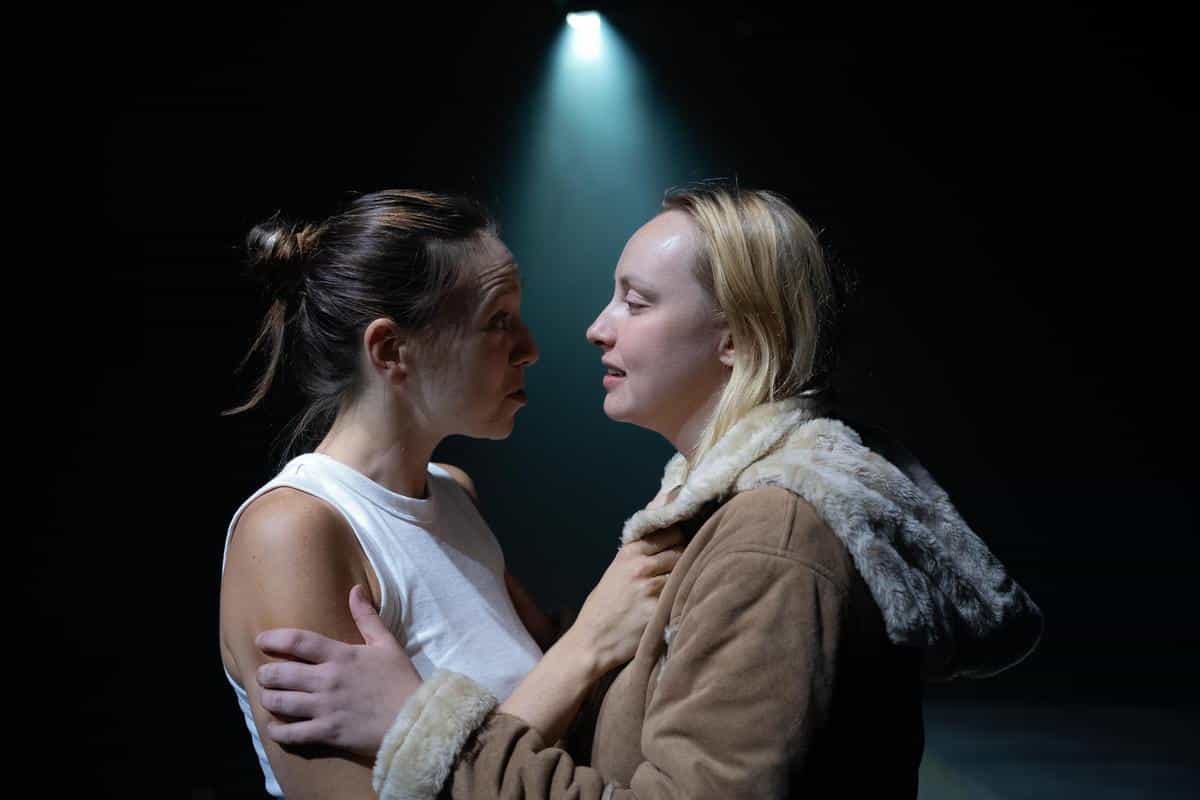
Georgia-Paige Theodos is a revelation as Tanya, the tough, butch lover who we first meet when she and Annie are in prison together. Tanya’s opening monologue about when she knew she loved Annie grounds the rest of the show. More than chemistry, the cast draws us into the strange, chaotic connection that these three characters have; the kinship of addicts, the warmth that love charges people with, the protective intensity of people committed to surviving the odds. Everyone in the show is in danger of getting hurt, and has been hurt already; the threat of pain is ever-present.
Rhys Johnson does an excellent job at imbuing Lenny, a character who could have been a caricature-ish villain, with so much humanity and humour. Through Lenny’s explanation of how love has moved him in ways nothing else has, the selfishness mixed with genuine emotion is moving and challenging. Producer and actor Izzy Williams is transporting as Annie, and the explorations the show does of gender, and the particular dangers for femmes in a violent world are prodded, particularly through her performance, with a raw and painful hopefulness. Her moments alone onstage are some of the most transcendent in the show.
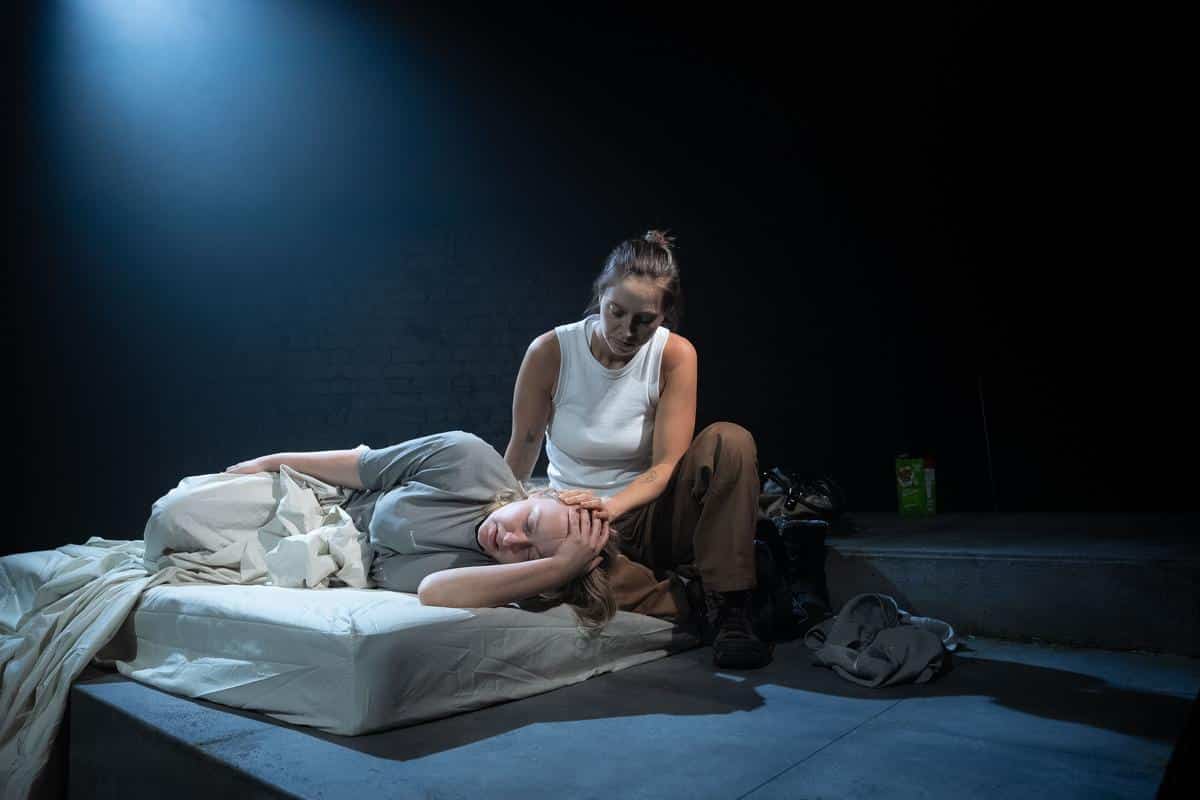
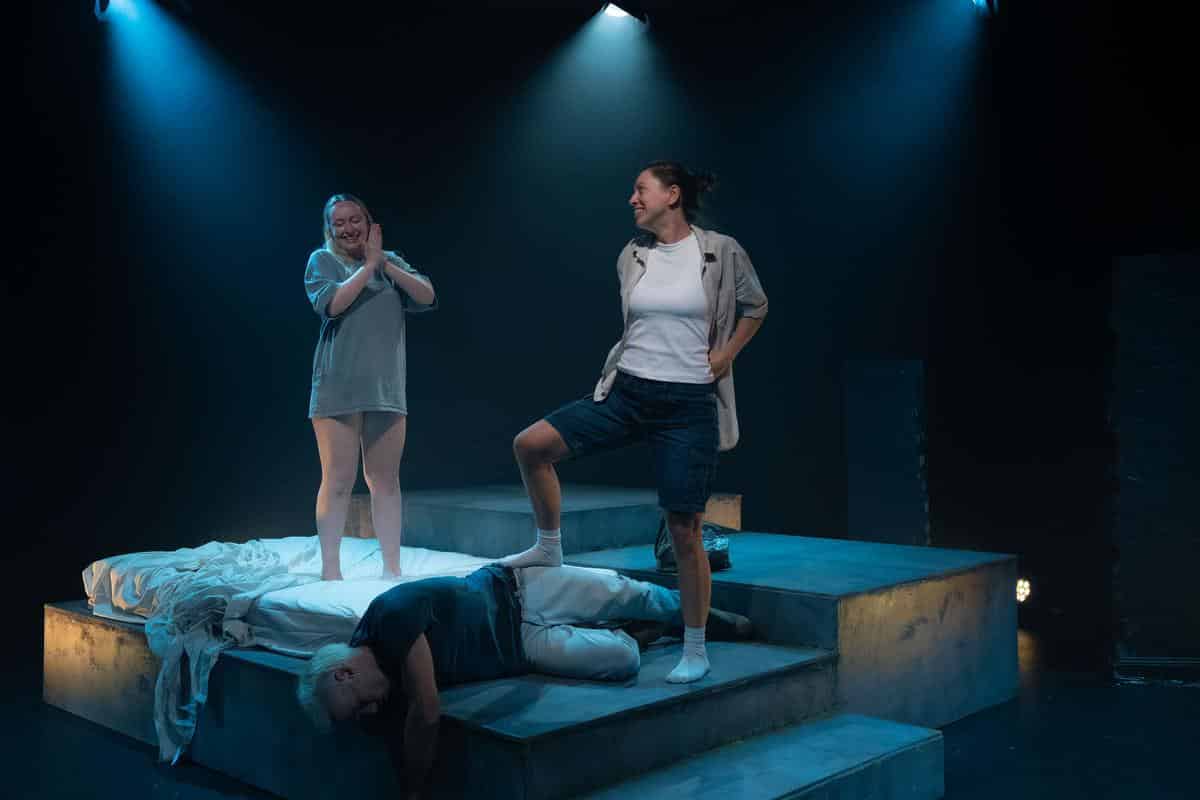
One of the strongest threads of this production is how we are drawn to hope with these characters; despite the dead-end quality of their circumstances and paltriness of the tools they have to face them with, when they speak of the future it’s with this energy and drive that has us rooting for them. The blatant refusal, voiced by Tanya in the play, to be pitied, is both a mantra and challenge to the audience.
Sex work, drug use, and the difficulties of life post-incarceration are central to the play, and by dealing with them with honesty and humanity, each of the characters is shown to be a whole human being, not just a stereotype of people living alongside these things. This production does an excellent job of underscoring how deeply people from all walks of life want to be both cared for and needed, and the moments of disintegration into violence and struggle are all the more heartbreaking for it. LOVE is a show (and a force in our lives) that is worth the wrestle and pain it entails.
To book tickets to Love, please visit https://www.oldfitztheatre.com.au/love.
Photographer: Patrick Phillips
